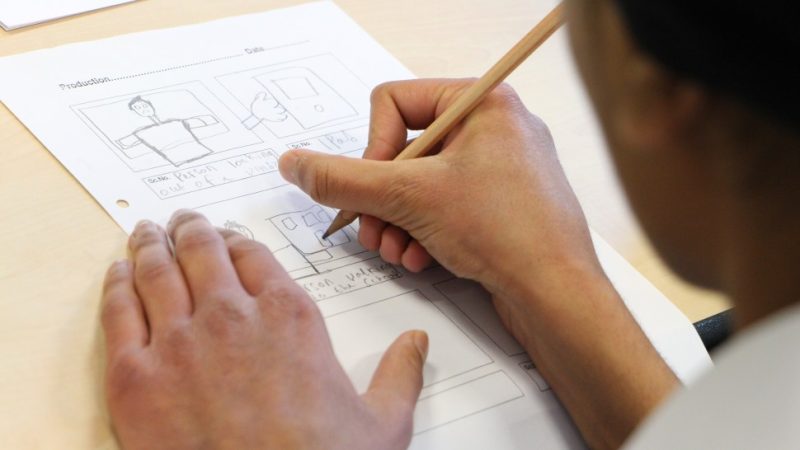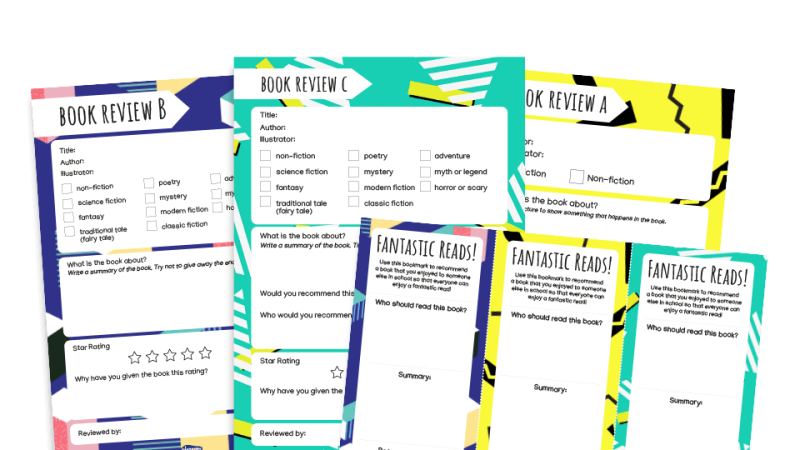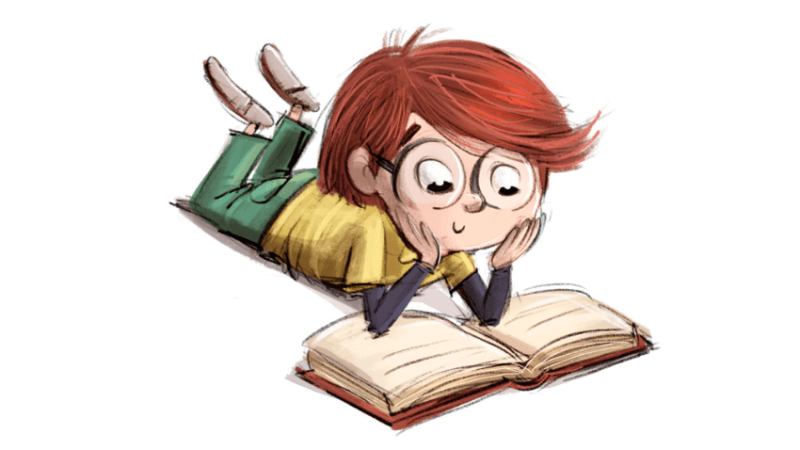Reading Allowed – Don’t Forget That Y6 Likes Storytime Too!

All kids can benefit from hearing their teacher tell a tale, whether they’re in reception or upper KS2. It’s engaging, it boosts comprehension, and most of all it’s joyful, says James Clements…

Some of my most vivid memories of primary school are of a teacher reading to the class.
I remember being enthralled by The Indian in the Cupboard (and placing a toy soldier in the bathroom cabinet that night, just in case). I remember our headteacher telling us the stories of Sinbad the Sailor in assembly, before the entire junior school rushed outside to play it at break.
And as for listening to the end of Charlotte’s Web – well, let’s just say I’m pleased I had the rest of the class there for emotional support…
I didn’t grow up in a house full of books, so story time at school was a magical thing for me. It was my introduction to the wonder of narrative.
A model for fluent reading
Although reading aloud is a regular feature of early years and Key Stage 1 classrooms, opportunities to listen to and enjoy books can decrease as children move up through the school. It’s understandable, what with class timetables being already packed. Daily time to listen to a story – something which doesn’t lend itself to a clear and measurable learning objective – can therefore sometimes be seen as an indulgence, when there are fronted adverbials to master… But there are, in fact, many reasons why sharing a book with a class should form an important part of the reading curriculum in every year group. Listening to a book being read aloud provides a crucial model for fluent reading – children can hear how an accomplished reader brings a text to life.
It can also be an opportunity for a teacher to model the process of comprehension, showing children how a reader makes sense of text that is at first challenging or inaccessible, and a way of broadening children’s reading palate, introducing them to texts that they might not choose themselves. Reading aloud also supports the development of children’s vocabulary and their background knowledge – key aspects of becoming confident readers and writers. This is especially important for children who don’t read widely in their own time, or who might not be lucky enough to have someone who reads to them at home.
In addition, listening to an engaging story or a fascinating non-fiction book can help to show children that reading can be an enjoyable activity. If we can help pupils to see that these papery things are actually sources of fun and entertainment, then we’re much more likely to raise a generation of readers.
Sheer pleasure
If these reasons aren’t compelling enough to persuade the sceptical or reluctant, reading aloud to children right up to Year 6 is now a statutory duty for primary schools. In the accompanying notes for the 2014 national curriculum for Years 5 and 6 it is stated, ‘Even though pupils can now read independently, reading aloud to them should include whole books, so they meet books and authors that they might not choose to read themselves.’ But it goes further. To meet the demands of the programme of study itself, upper KS2 children need to, ‘Participate in discussions about books that are read to them and those they can read themselves, building on their own and others’ ideas and challenging views courteously’.
So as well as being educationally valuable, reading aloud is also a key part of meeting the national expectations for teaching English. But there’s a third reason that I would suggest for reading aloud. It’s probably the simplest, but also perhaps the most important. Sharing a story with a class can be a really joyful time of the day – a chance to enjoy reading a book together for sheer pleasure. And sometimes that’s reason enough to do something.
Make yourself heard
Be sure your class rate your oration with this guide to reading aloud…
• Choose the book carefully – and try to get to know it before you read That way you’ll know when to pause, when to stop to explain or ask a question, and when to expect a reaction
• Make use of cliffhangers Don’t be afraid to leave them wanting more
• Plan some time to talk about the book Try to encourage discussion of the children’s ideas and opinions
• Don’t forget non-fiction We often see reading aloud as the chance to share a story, but an interesting information text can be just as successful
• Always do the voices Try to read with expression – vary the pace, take dramatic pauses, but above all else, take the plunge and do the voices!
James Clements is an English adviser and the creator of shakespeareandmore.com; you can follow him at @James_ShMore











